Etymology is endlessly interesting to me – where words came from can help us better understand when using them is most appropriate, of course, but also it’s fun to know (and helpful during those games of Trivial Pursuit) how lingo came to be part of everyday language.
To that end, here are 7 common words that made their way into the daily vernacular during the age of working on railroads – and have managed to stick.
#7. Jerkwater
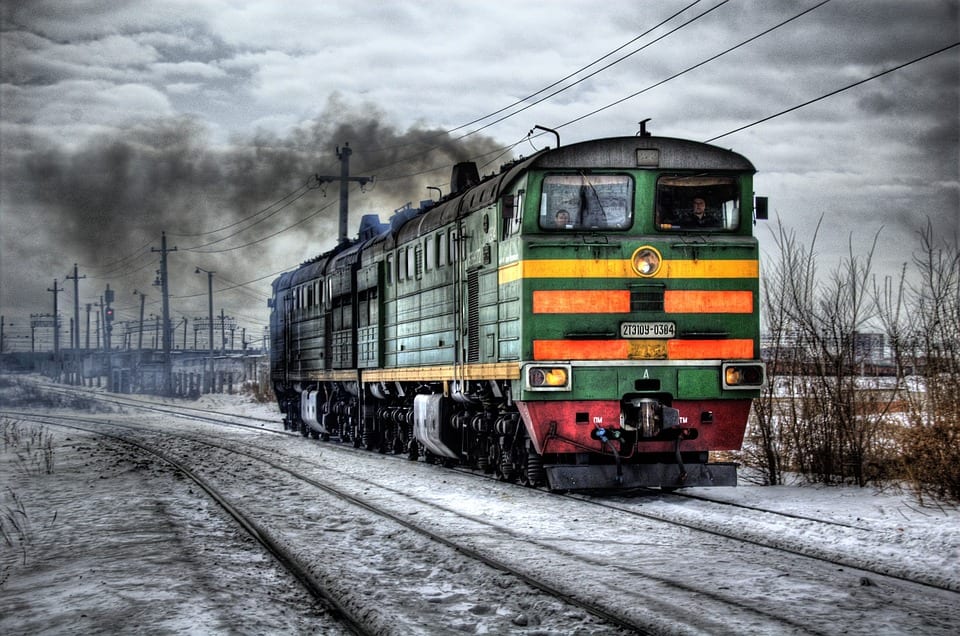
Photo Credit: Pixabay
The term has fallen out of fashion (it means small or inferior) but I think we should bring it back. It comes from the term “jerkwater train,” named for smaller trains that stopped in towns so tiny they lacked water tanks, leaving the crew to have to lug (or jerk) water from a creek or river.
#6. Sidetrack
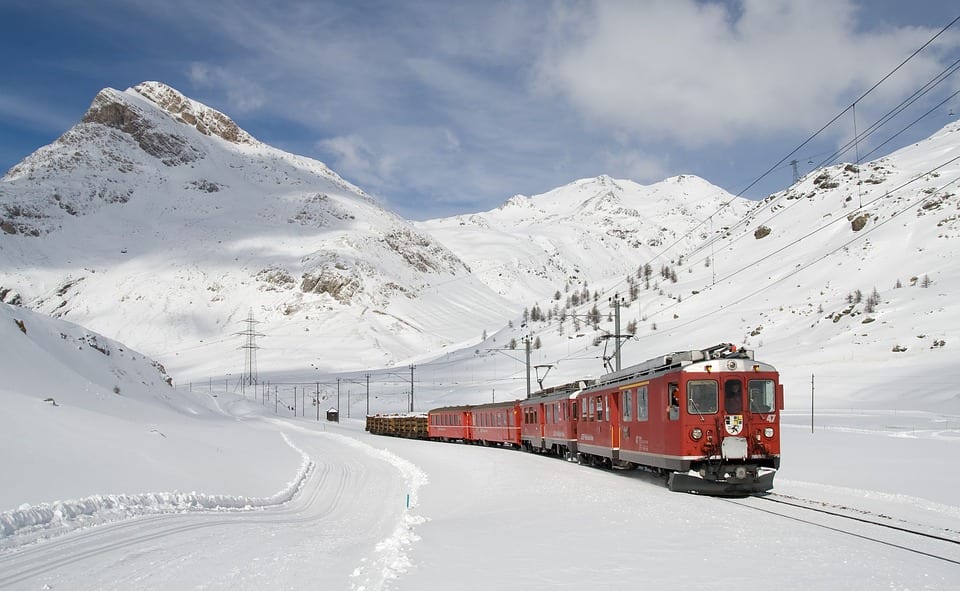
Photo Credit: Pixabay
We use it to mean someone who gets distracted or goes off topic, but it comes from a secondary track for a train and began being used in that capacity way back in 1828, and the metaphoric meaning came about 30 years later.
#5. Gravy train
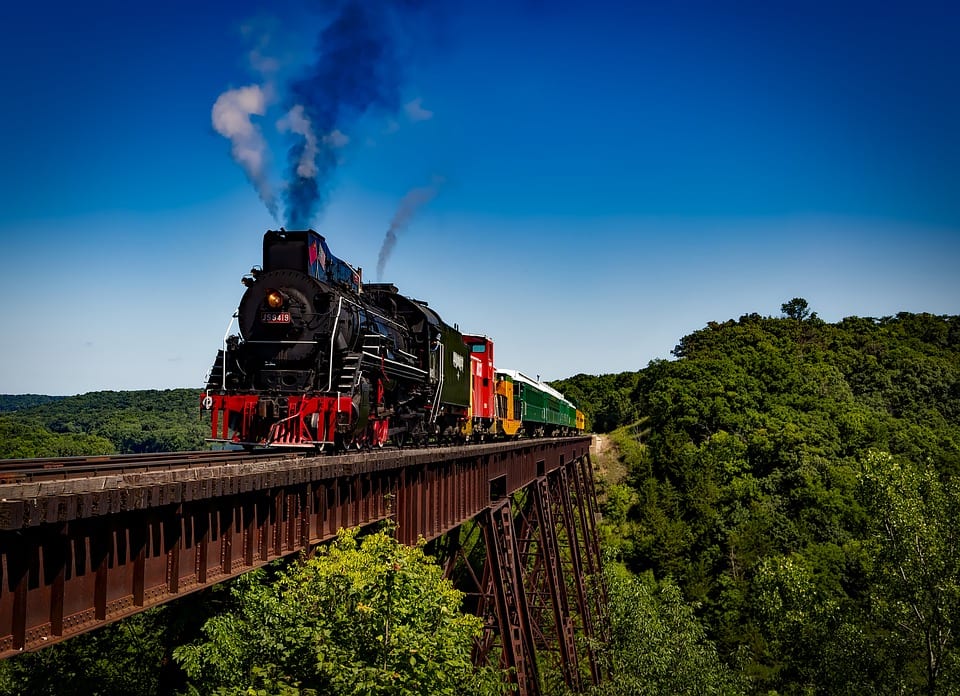
Photo Credit: Pixabay
In the 19th century theater, “gravy” meant easily earned laughter or applause.” By the early 20th century, gravy was a term for money or easily-obtained success. Gravy train was coined in 1909 and means a short train haul that paid well.
#4. Non-stop

Photo Credit: Pixabay
Before it applied to your flight or a movie marathon, it talked about trains that ran without ceasing. Interestingly, the term also applied to variety shows without intermissions.
#3. Schedule
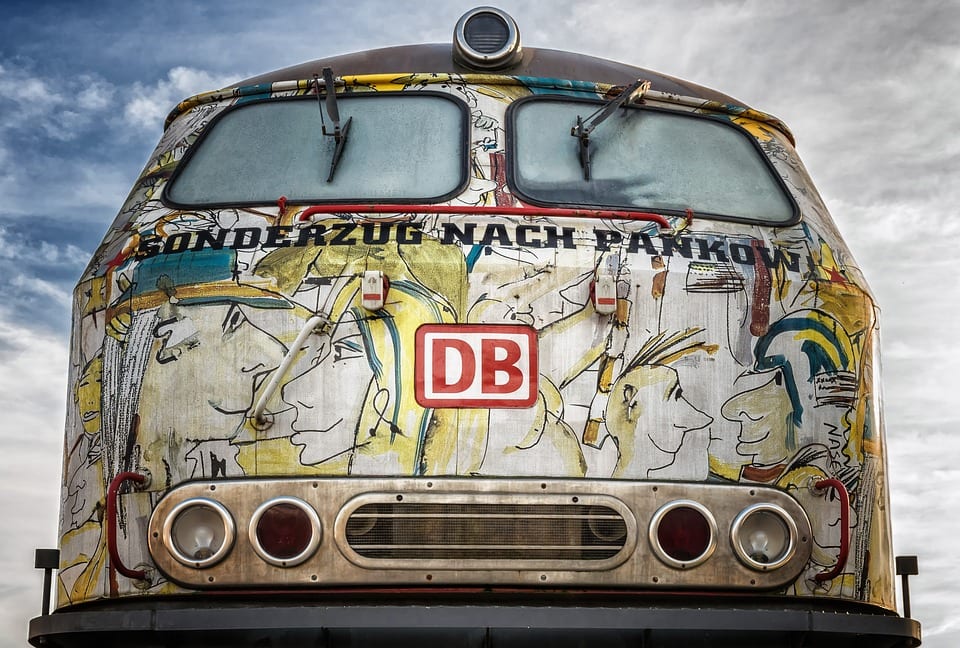
Photo Credit: Pixabay
The word schedule used to simply mean a slip of paper, usually added to the end of a longer document (taxes, anyone?). But in the mid-19th century, “schedule” began to be associated with train time tables and expanded to include any calendar or planning a person needed to do in order to catch a timely train.
#2. Bumper
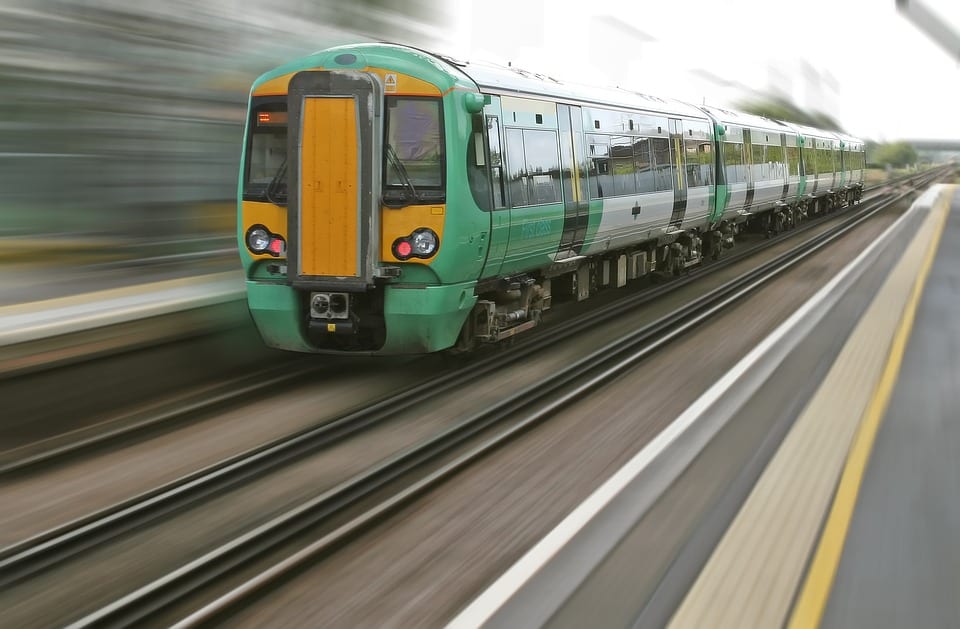
Photo Credit: Pixabay
Without trains, we might not have a great way to describe traffic that’s packed tight on the highway, i.e. bumper to bumper.
The term originated in 1839 and referred to the buffer of a train car; it wasn’t until the early 20h century that it evolved to apply to the fender of a car, as well.
#1. Make the grade

Photo Credit: Pixabay
It’s not about school at all, but about a train chugging up a gradient or incline.
Now, wasn’t that fun?






